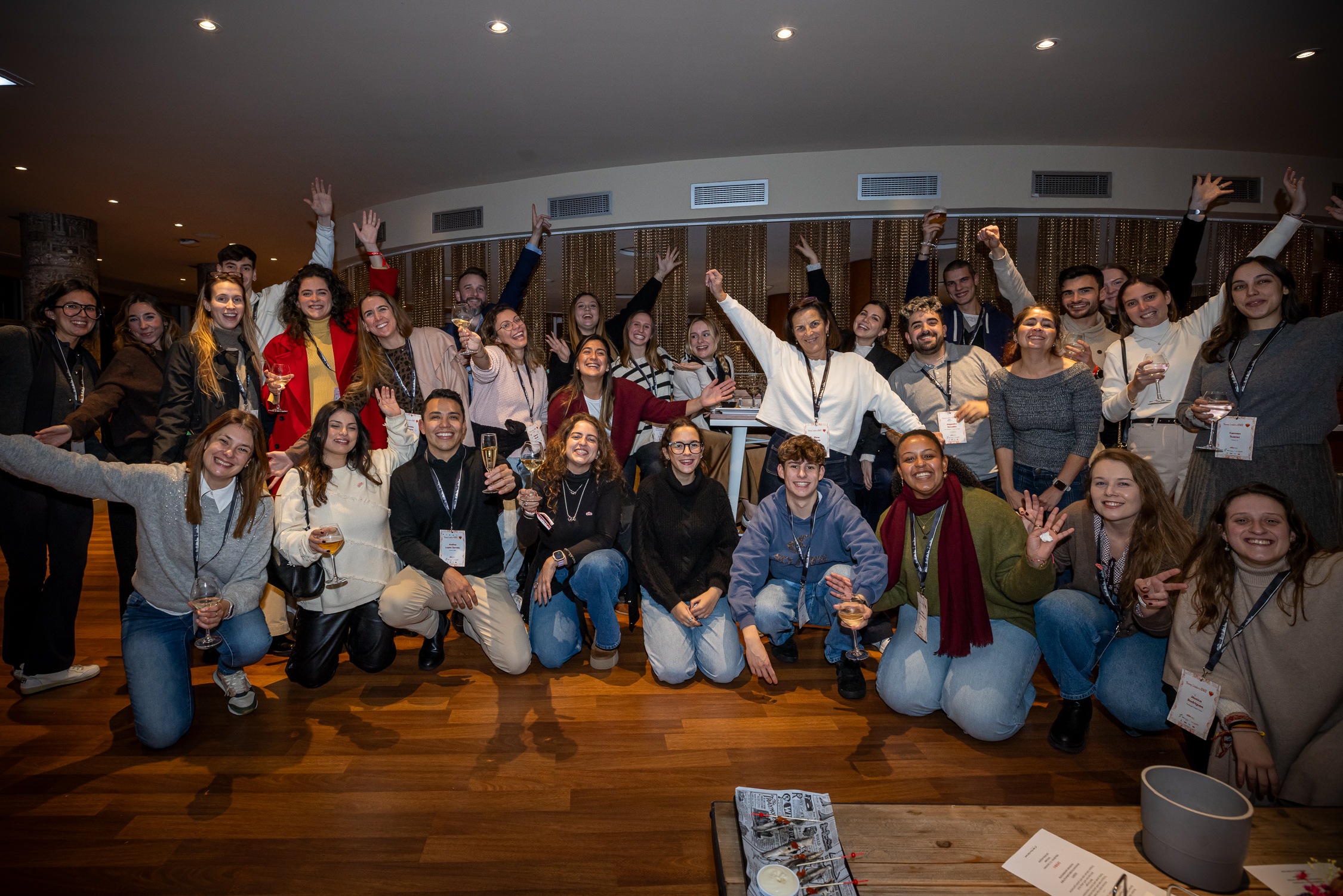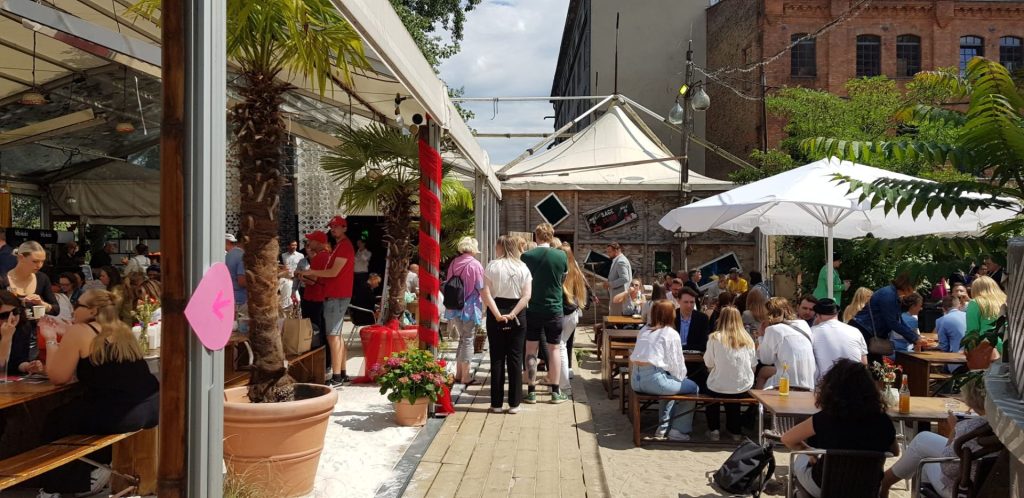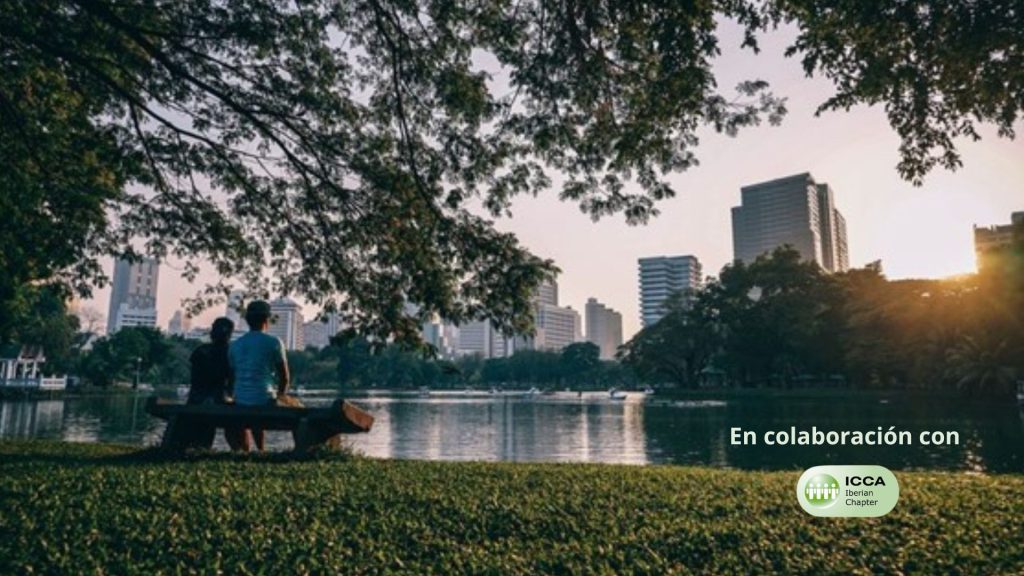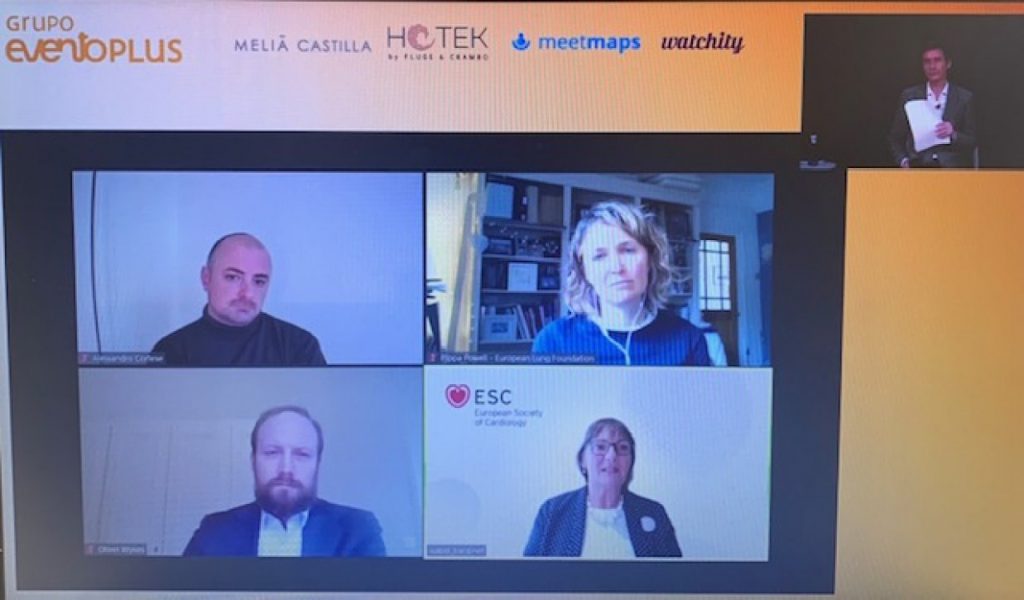Teamwork: how the ESTRO objectives materialise locally in their congress in Madrid
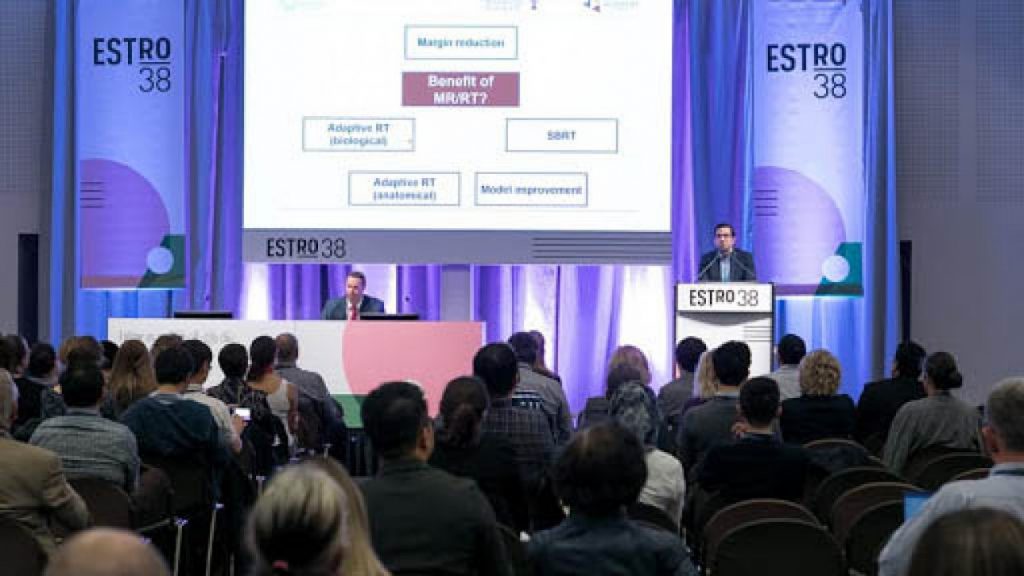
Share news
Listen
Dr Jorge Contreras explains the background, the challenge: “More than 65% of cancer patients will need radiotherapy in their process, and 40% of cancer patients can be cured with radiotherapy. We did a study and saw that more than a third of the patients who can benefit from radiotherapy do not use it, for various reasons: lack of resources (this point has been improved with a donation by the Amancio Ortega Foundation), lack of knowledge treatment. So SEOR and ESTRO have aligned themselves to offer a communication campaign called “invisible”, so that we get to the level of other European countries. We have a tool that can cure 40% of cancers but only gets 5% of budget against cancer, so we had to communicate better. And for this, it is much easier to attract attention when you are based on a large congress. But while the congress is punctual, the impact we seek has to be a lasting legacy; it is something that we will maintain and intensify”.
This was the framework. To define and implement the project, Dr. Natalia Carballo has played a key role. She tells us: “In November 2018 the MCB contacted me in the framework of ESTRO’s request that there should be a local legacy to their congress. So we started thinking about how to build a legacy from scratch. A starting point was that Spain had much less access to radiotherapy because there were fewer treatment machines, and fewer trained specialists. The other was to understand how we could transmit our specialty to the general public. We saw that we have not managed to transmit our usefulness well, both to the general public and to other health specialists. On this understanding, we build the legacy project. First, we wanted to be more visible and to be a reliable source of information, so we created the radioterapia.es website where we explain all aspects of radiotherapy. Another part was communicating to other specialists, to medical students, to the public, what radiation oncology is. But when the pandemic arrived, the live actions that we had developed were cut off, so we reinforced the online part (the web, which is the core of this awareness).
In the national SEOR congress, will this notion also apply? For doctor Contreras, “it is a continuum: in our congress we will talk about the ESTRO legacy and the visibility campaign”, and the project objectives will continue to be worked on.
An opportunity for the destination
David Noack has seen this bid as something almost transformative. “This experience has been a great opportunity. It is an important change: indeed, if we listen to the first 10 minutes of this conversation, they have not talked about tourism but about medicine. It has been a learning journey that has laid the foundations for us to start talking about legacy and to provide resources. We had our ambassador (Dr. Carballo), the support of the national society (SEOR), and with the international society ESTRO, we closed the circle.
Do other societies follow this path? According to David, “the ESTRO case is exceptional, they are very clear about it and not all medical societies are like that. In bids, we offer to collaborate with the societies to define legacy projects, and in some cases they have started considering it”.
What has been the work process?
According to Dr. Carballo, “first we established the lines to work on and then we incorporated the actors who had to develop these lines. The project has then been enriched over time”. In addition, it helped that the MCB have a specialized person, who gives support in legacy projects.
But while the destination is a key facilitator of resources, contacts, and media, David reminds us that “as a convention bureau, we have to be clear about where our limit is: health issues have to be managed by health professionals. We have supported SEOR so that they can interact with the authorities, but it is the SEOR that proposes the legacy action and we support them”. Together they defined a list of actions to be undertaken.
Is it transformative?
We have seen that it is transformative for the destination… It is also transformative for a medical society. According to the doctor Contreras, “each one must play their role so that we achieve greater visibility. As scientists, we know how to define meetings that are attractive in scientific terms, but there is another very important part of social relations, of visibility, of personal contact that is also a fundamental objective of the congress”.


